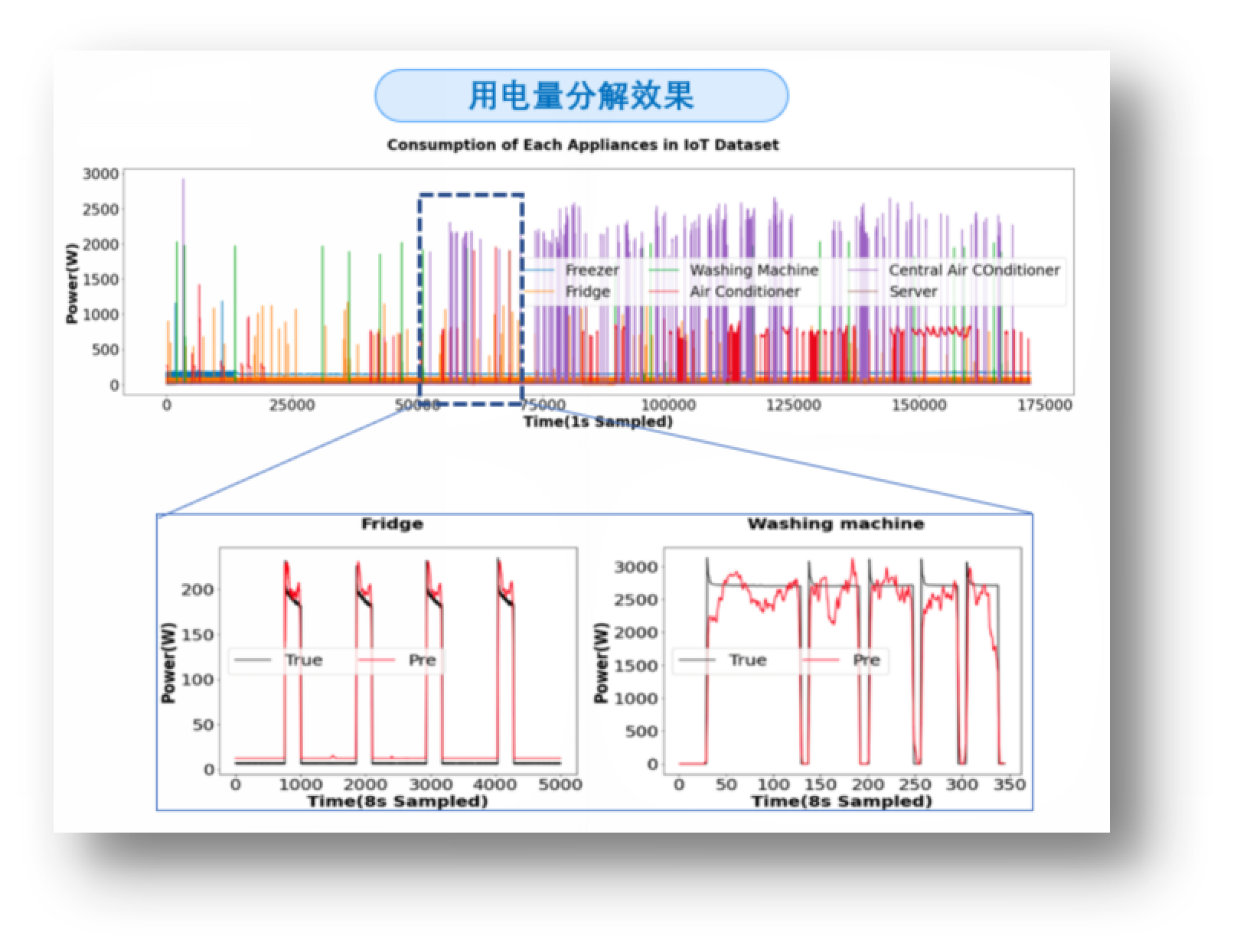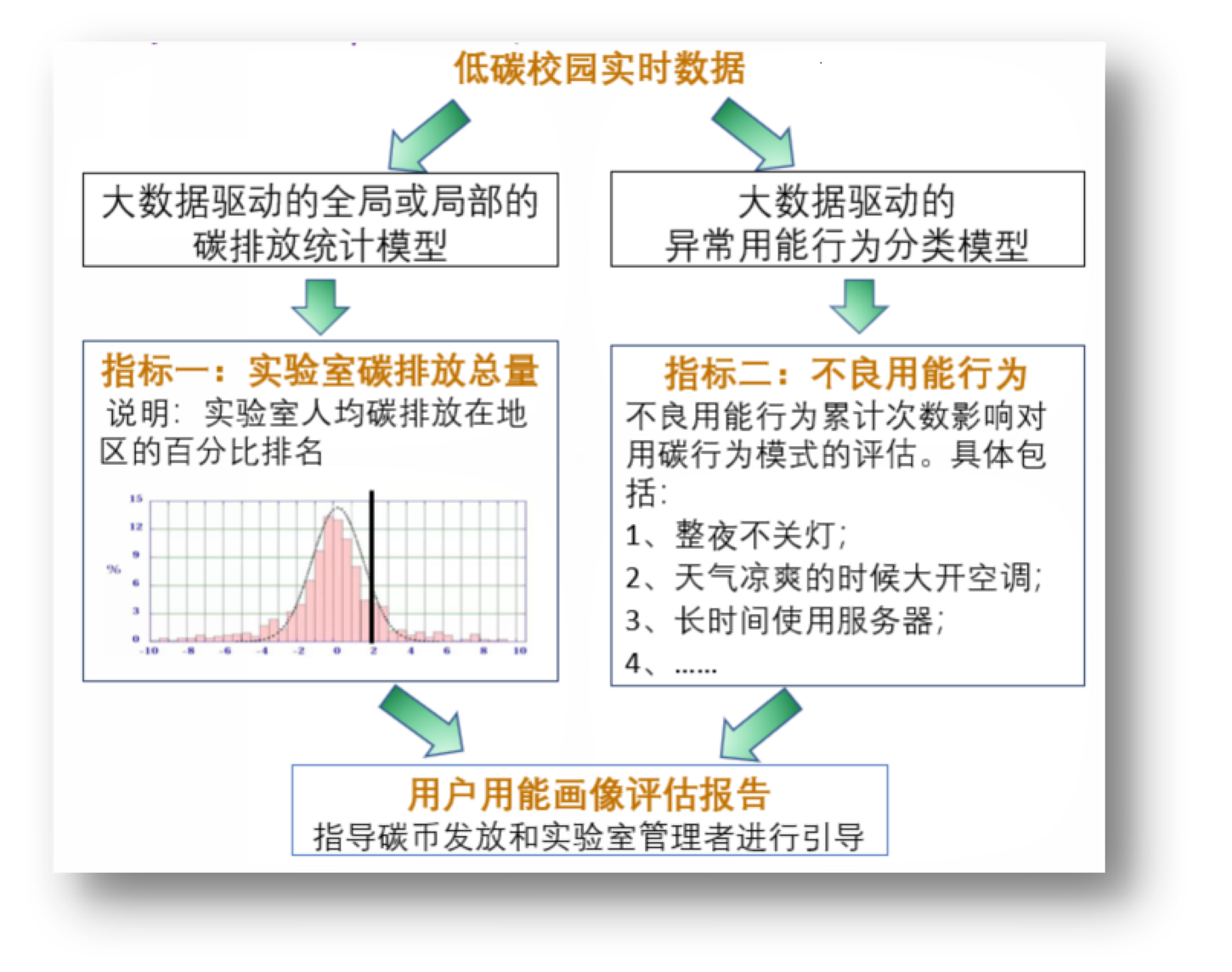Project & Service
Low-Carbon System Management Platform
Product Introduction
The Smart Low-Carbon Management Platform is a digital platform centered around the dual carbon goals, aiding enterprises in their low-carbon transformation. Utilizing new technologies such as 3D digital modeling, the Internet of Things (IoT), big data, AI, and cloud computing, the platform enables real-time monitoring of corporate carbon emissions, facilitates integrated management of energy distribution and consumption, aligns with carbon peak industry standards, establishes operational management records, and provides data analysis to support enterprises facing energy information data gaps.
Actively promoting the "carbon neutrality" strategy, the platform addresses common challenges in the low-carbon transformation of existing buildings, such as difficulties in retrofitting energy systems, the need for smarter diagnostic decision-making, and insufficient management of carbon emissions behavior. It has developed a non-intrusive multimodal big data collection system platform to construct an equipment-level full lifecycle low-carbon management optimization platform, achieving refined and intelligent management. Based on regional corporate carbon emission big data, the platform builds a data foundation for carbon inventory, carbon auditing, carbon optimization, and carbon trading.
Key Technologies
1. **Energy Consumption Optimization Algorithm:** Tailored to the business needs of intelligent buildings, this algorithm constructs boundary conditions and employs general optimization solvers along with simulation technologies to identify optimal strategies and reduce total carbon emissions.
2. **Data Decomposition Algorithm:** Using a non-intrusive approach, this algorithm employs big data mining techniques to acquire precise energy usage behavior, breaking down total electricity consumption data into "when, where, and for what purpose" metrics.

3. Device-Level Full-Lifecycle Carbon Emission Auditing Management: Utilizing the NLIM algorithm, this feature achieves granular monitoring of indoor energy consumption information at the device level, tracking carbon emissions and anomalies throughout each device's lifecycle.
4. Generalized Anomaly Analysis and Diagnosis: Analyzing real-time and historical energy usage, this feature employs big data mining algorithms such as anomaly clustering and open-set recognition to identify both routine and unusual anomalies.
5. Accurate Carbon Emission Forecasting: Energy usage and carbon emissions can be decomposed and predicted, providing clearer insights into building energy consumption and anticipated demands, aligning with national carbon neutrality objectives.

6. Big Data-Driven User Profiling Assessment System: This system includes global or local carbon emission statistical models and classification models for anomalous energy consumption behavior driven by big data. It evaluates patterns of carbon usage based on the frequency of poor energy behaviors, such as leaving lights on all night, excessively using air conditioning during mild weather, and prolonged server use.
The Shenzhen Big Data Research Institute's low-carbon information platform features self-developed sensors and wireless transmission networks to avoid reliance on third-party cloud services. The software and hardware platform is flexibly scalable, accommodating both small-scale and ultra-large-scale deployments, supporting connections for millions of devices. It boasts an international big data processing team with top industry scientists, efficiently solving mathematical challenges in data mining and optimization. The business team is dedicated and practical, ensuring high-quality delivery in the modeling and digitization of business processes.
Application Scenarios
The low-carbon information platform, upgraded with AI algorithm-driven sensors, enables contactless acquisition of energy consumption data and feedback control without the need to modify existing water, electricity, or gas lines. It uses big data-driven diagnostic decision-making, allowing for minimal device integration, in-depth analysis and diagnostics, intelligent operational decisions, and precise carbon usage forecasts. The low-carbon information platform combines intelligent management techniques with low-carbon technologies to accurately detect carbon emissions, optimize energy consumption, and digitize carbon emissions across parks, communities, green buildings, and industrial production stages, promoting energy awareness, structural energy efficiency, technological energy savings, and management energy savings.
The low-carbon information platform has significant application scenarios at various levels, from personal life to park management, and from enterprise operations to production management, facilitating data sharing, resource optimization, and decision support to advance low-carbon development.
The Shenzhen Big Data Research Institute's low-carbon information platform has already been implemented in several locations. Specific platform displays are shown below:

China Enterprise Building Chain, Zonson Synthetic Energy Technology Co., Ltd




